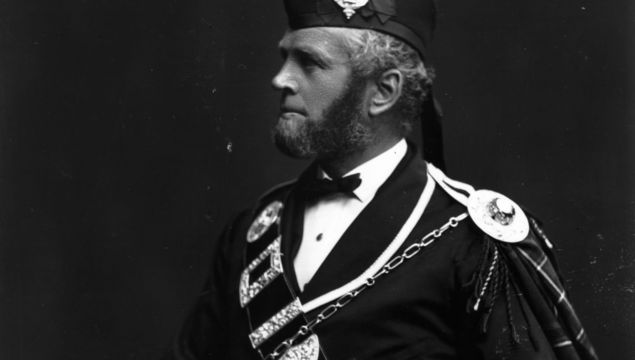
John Brown (1827 - 1883), servant and confidant of Queen Victoria.W. & D. Downey/Getty
We know Queen Victoria was devoted to Prince Albert but did she really have an affair with a servant after his death?
Julia Baird shocked historians in 2014 when she revealed new evidence she had uncovered for her Queen Victoria biography: evidence of the queen's relationship with her servant. British Heritage Travel spoke to the author about her meticulous research and “the world’s most powerful working woman."
There was a lot of press after your New York Times op-ed a few years ago. Were you surprised?
It’s funny how years after Victoria’s death, the fascination with her intimate relationship with a servant endures. I’m not entirely surprised by that though, largely because it is very difficult to find fresh, uncovered, illuminating information about a Queen; not just because she has been the subject of numerous inquiries, but because so much of the material regarding John Brown has been destroyed by the royal family.
This includes references in her diary, Brown’s diary, doctor’s notes, and letters to the manager of her Scottish estate among other things. The kinds of document bonfire-burning that can make a historian weep. But I think her relationship with Brown provides one of the greatest insights into the simple, adoring, unaffected soul of a lonely monarch.
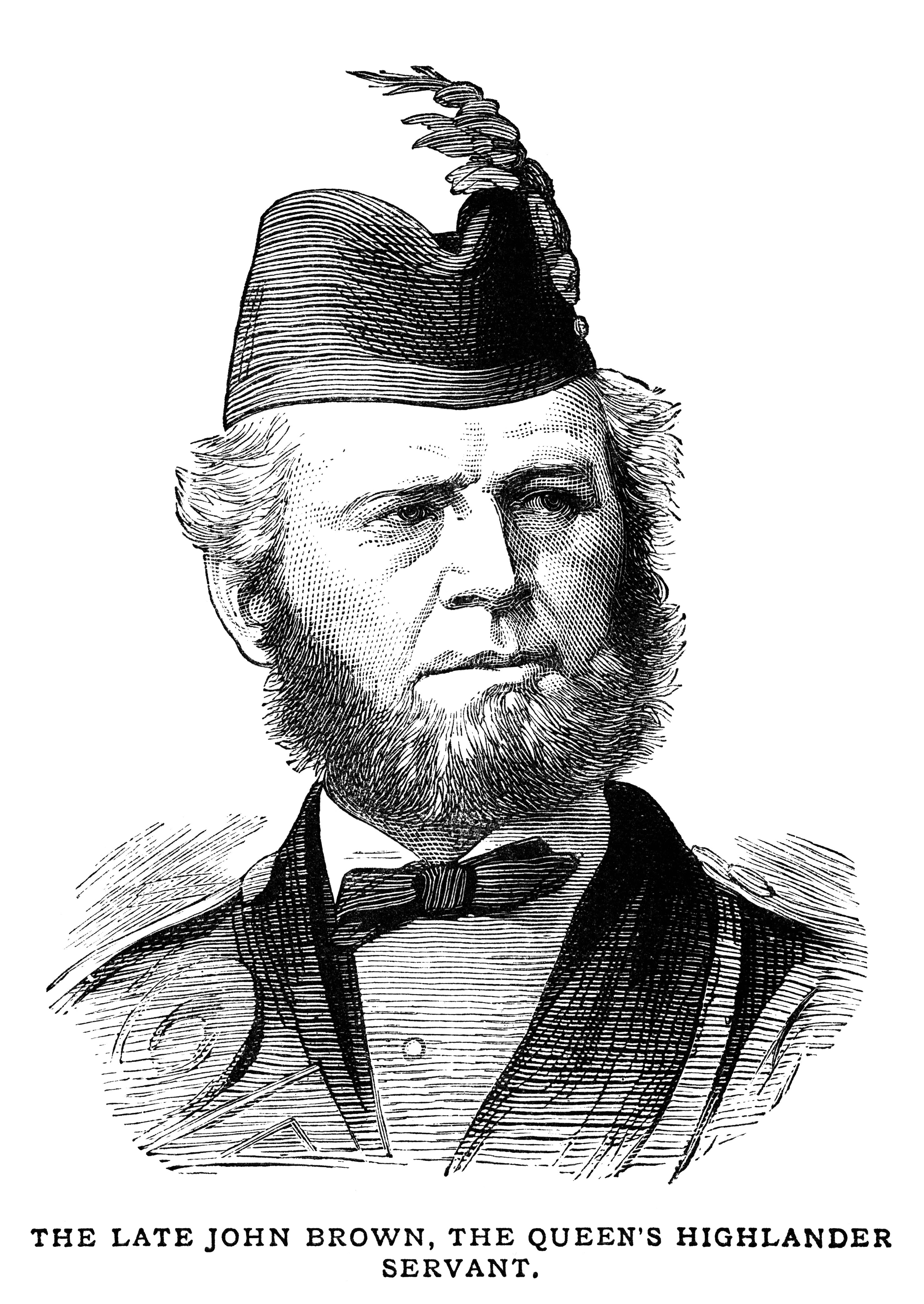
John Brown, Queen Victoria’s favourite servant (a ‘ghillie’ or ‘gillie’), who has even been rumoured to have been her lover or husband. From “The Queen’s Resolve (‘I Will Be Good’) With Royal Anecdotes and Incidents - A Jubilee Memorial” by the Rev. Charles Bullock B.D. Published in London by ‘Home Words’ in 1887, the year of Queen Victoria’s Golden Jubilee. She reigned from 20 June 1837 – 22 January 190
Did you consider just sitting on that bombshell until you the book was published?
Yes! But I am a journalist as well as a historian and wanted to publish it quickly too.
Why have so many historians been reluctant to admit to the relationship?
Because of the scant lack of evidence, as referenced above, as well as a stubborn belief that a widow loyal to the memory of her husband, who was also an upright, respectable queen would not dally with a servant. What I found was evidence of a real intimacy, a physical closeness (to whom else would a monarch lift her skirt?) But we do not really know what form this intimacy took; what was more significant was that she loved him deeply, and when he died she likened the loss of Brown to the loss of Albert.
You did an unbelievable amount of research! So many notes, letters, details. I read somewhere you were expecting two years of research. How long did it actually take?
Six years. And yes, there is so much. She was a voluminous letter writer and diary keeper, her circle of acquaintances spanned continents, and the history of this queen is really the history of a century. I had to keep zooming in and out from the stuff of her heart to the battles of a broadening, conquering empire. Like zipping from a satellite view of the globe down to a tiny figure ruling it from remote Scotland. And to be honest, I went down a lot of side alleys as I was so interested in a lot of the characters who populated her world – from Tom Thumb to Florence Nightingale.
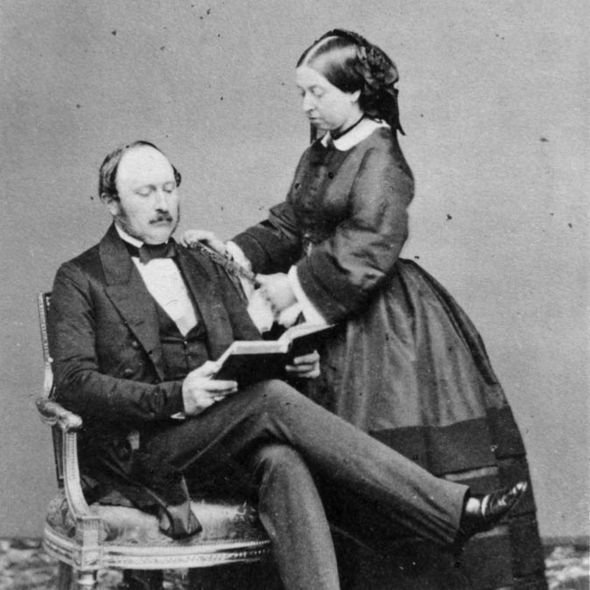
Queen Victoria and her husband, Prince Albert
What do you think surprises people the most about Victoria personally?
Her lust for life, her tenacity, her robust humor, her love of power and constant intervention in the politics of the day (even to the extent of preventing men from being appointed Prime Minister when they had to the right to be), her fierce fight against racism (especially against Muslims), her obvious desiring of her husband (writing admiringly about how he looked in tight pants) and love of handsome men.
And a lot of women will, I think, be startled to see how many of her struggles mirror their own; the mixed difficulties and joys of rearing children, placating a husband whose professional status was lower than yours – and who wrote memos to calm her when she got too emotional! – wavering self-esteem, reconciling a lack of public recognition of women with a burning desire to work, rearing children who alternately delight and infuriate you, with postnatal depression and with twinned desires to bend the world to your will and hide away from it in a cottage in Scotland. The fact that on the course of one day you can air-punch about a triumph at work, then, in a fit of pique, threaten to quit. She was the world’s most powerful working woman.
What surprised you most over the course of your research?
How difficult it was to gain access to the Royal Archives in Windsor Castle (it took me more than three years to achieve this), how much written by, to and about Victoria had been destroyed and how endlessly interesting she was, full of contradictions and warring impulses but always honest and decisive.
Is it fair to say that her “blinding need for intimacy” was a tragic flaw?
No. I think that most people have that need and that she was very alone – the peculiar kind of loneliness when you are surrounded by people - and rule millions - but sleep with a plaster cast of a dead husband’s hand… What she said when he died tells you all you need to know about the need of a queen: “Who will call me Victoria now?”
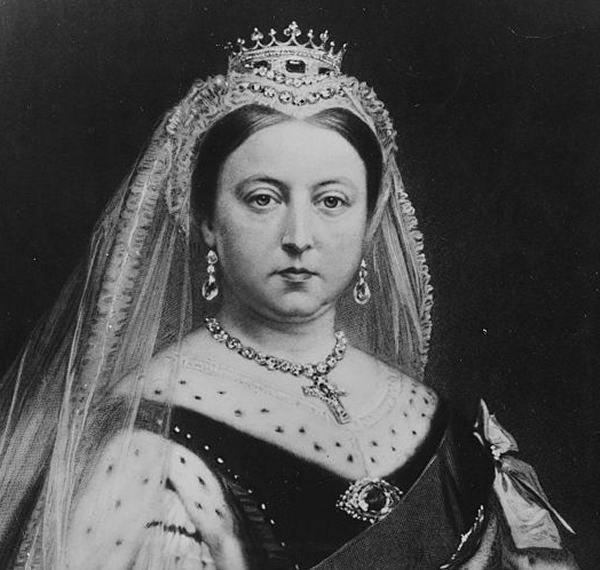
Queen Victoria while in mourning for Prince Albert
Why has history underestimated this very intelligent, capable, complicated person who ruled over a quarter of the world during times of enormous change?
Because for centuries, we have failed to reconcile women and power. We see women in positions of authority or power as somehow peculiar and try to explain it away. Victoria has been remembered as a sad teenager or a widowed Queen; her years of ruling or her actions as the most powerful woman in the western world have been hidden under grim images of the black-clad monarch. I wrote a Ph.D. on the way we portray women in politics, and the fact that we see their authority as either secondary (it was all Albert), surprising (didn’t she fade away when Albert died?) or severe (she was not amused) and much of this shapes the Victoria mythology too.
* Victoria: The Queen: An Intimate Biography by Julia Baird is available here.
* Originally published in 2017.
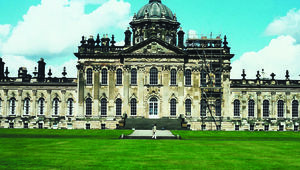



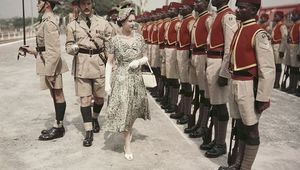



Comments